This article includes a list of general references, but it lacks sufficient corresponding inline citations .(April 2024) |
Pau Villalonga (died Palma de Mallorca 29 March 1609) was a Spanish composer of sacred polyphony.
This article includes a list of general references, but it lacks sufficient corresponding inline citations .(April 2024) |
Pau Villalonga (died Palma de Mallorca 29 March 1609) was a Spanish composer of sacred polyphony.
He was chapel master of the church of Santa Maria del Mar (Barcelona) until 1564; then he became the first chapel master of the cathedral of Palma de Mallorca, appointment which he held until his death in 1609. According to the cathedral's records, he was "primatxer" or main singer of the cathedral's choir. The same documents show that among his duties he had to compose and teach music, as well as oversee the general education of the choir boys. His total extant musical output is compiled in the so-called Llibre d'Atril or Choir Book, which is now kept at the Arxiu Capitular de Mallorca. The small size of the handwritten volume and the fact that sometimes a third voice is copied in the back of several folios seem to indicate that the manuscript was not an actual choir book, but rather a compilation of the composer's music. The first page of the book reads "Es de m[estre] Pau Villa Llonga" (Is by m[aster] Pau Villa Llonga), a phrasing that indicates that the book belonged to and was by the composer. Besides all of the known works by Villalonga, the Llibre d'atril includes unidentified works possibly by other composers (although most of the folios are unreadable). Villalonga's compositions have received high appraisal from Felipe Pedrell—comparing them to those of Victoria and Palestrina—Georges Jean-Aubry, and Manuel de Falla.
Work list (polyphonic settings, four voices):
Ad coronam, Ave Regina, Ave Maria stella Ave Regina caelorum Exultant laudibus, Himnum in festo S. Michaelis et Cor Christi, Jesu corona virginum, 3 Magnificats, Pange lingua, Salve Regina, Salve sancta parens, Sanctorum meritis, Veni creator, Vexilla regis

Pierre de la Rue was a Franco-Flemish composer and singer of the Renaissance. His name also appears as Piersson or variants of Pierchon and his toponymic, when present, as various forms of de Platea, de Robore, or de Vico. A member of the same generation as Josquin des Prez, and a long associate of the Habsburg-Burgundian musical chapel, he ranks with Agricola, Brumel, Compère, Isaac, Obrecht, and Weerbeke as one of the most famous and influential composers in the Netherlands polyphonic style in the decades around 1500.

Maria del Mar Bonet i Verdaguer is a Spanish singer from the island of Majorca.
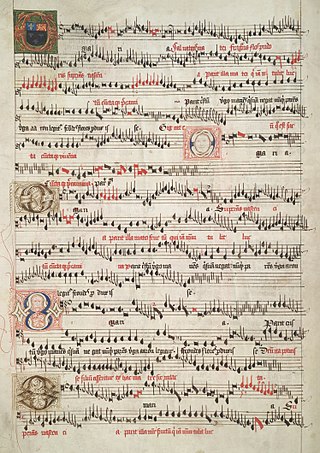
The Eton Choirbook is a richly illuminated manuscript collection of English sacred music composed during the late 15th century. It was one of very few collections of Latin liturgical music to survive the Reformation, and hence is an important source. It originally contained music by 24 different composers; however, many of the pieces are damaged or incomplete. It is one of three large choirbooks surviving from early-Tudor England.
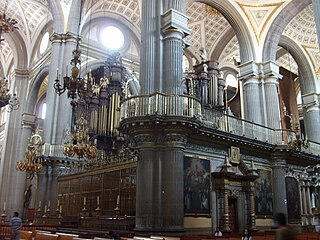
Juan Gutiérrez de Padilla was a Renaissance-style Spanish composer, most of whose career took place in Mexico.

The Cathedral of Santa Maria of Palma, more commonly referred to as La Seu, is a Gothic Roman Catholic cathedral located in Palma, Mallorca, Spain.
Antoni Pizà, born in Felanitx, Mallorca, Spain, in 1962, is a musicologist. After receiving a PhD at the Graduate Center of the City University of New York in 1994, he taught music history at Hofstra University in Long Island, New York. He also taught at the City College of New York, the John Jay College of Criminal Justice, and at the Conservatorio Superior de Música de las Islas Baleares. He is currently the director of the Foundation for Iberian Music and a member of the doctoral faculty in music at the Graduate Center of CUNY. Since the 2000s, he has curated a series of musical events at the Graduate Center featuring well-known musicians and authors, including Charles Rosen, Philip Glass, Claire Chase, David Harrington, Roger Scruton, Greil Marcus, Richard Taruskin, Paul Griffiths, and others.
José Joaquim Emerico Lobo de Mesquita was a Brazilian composer, music teacher, conductor and organist.
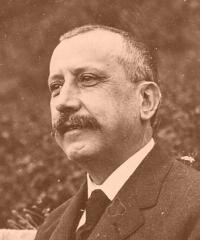
Joan Rubió y Bellver was a Spanish architect famous for his contributions to the Catalan Modernista movement.
Joaquín Zamacois y Soler was a Chilean-Spanish composer, music teacher and author. He comes from a well-known family of Spanish artists.
Pedro de Araújo, was a Portuguese organist and composer who worked with the Roman Catholic Archdiocese of Braga, northern Portugal. He was singing master at the Conciliar Seminary of St. Peter and St. Paul in Braga between 1663 and 1668, and second organist at Braga Cathedral until 1665. Like Juan Cabanilles, he was one of the last representatives of the traditional concentrated Iberian style.
Joan Rossell (1724–1780) was a Spanish composer, born into a musical family in Barcelona where his grandfather had played in the chapel of the cathedral, his father was a singer, and his brothers played violin the best orchestras of the country. In 1748 he became maestro de capilla at the Palacio Real de La Almudaina/Royal Palace of La Almudaina and later had the same position at the Cathedral of Toledo, where he was succeeded by another Catalan, Francesc Juncà (1742–1833). In his youth, Rossell composed in the style of the Spanish baroque, but in Mallorca he increasingly adopted the modern, gallant style.

Tomàs Milans i Godayol was a Catalan composer. He was the son of Marc Antoni Milans i Macià and Marianna Godayol. He was mestre de capella at Girona Cathedral. During the War of the Spanish Succession, 1702–1713, he was director of the capilla real.

The conquest of the island of Majorca on behalf of the Roman Catholic kingdoms was carried out by King James I of Aragon between 1229 and 1231. The pact to carry out the invasion, concluded between James I and the ecclesiastical and secular leaders, was ratified in Tarragona on 28 August 1229. It was open and promised conditions of parity for all who wished to participate.

Maria Aurelia Capmany i Farnés was a Catalan novelist, playwright and essayist. She was also a prominent feminist cultural and anti-Franco activist.

Salve Regina is a Marian anthem, a setting by Arvo Pärt of the Latin hymn "Salve Regina" for mixed choir and organ in 2001. It was first performed in Essen Cathedral on 22 May 2002. It was published by Universal Edition in 2002. Pärt arranged the composition for choir, celesta and string orchestra in 2011 for a celebration of 150 years of Italian unity.
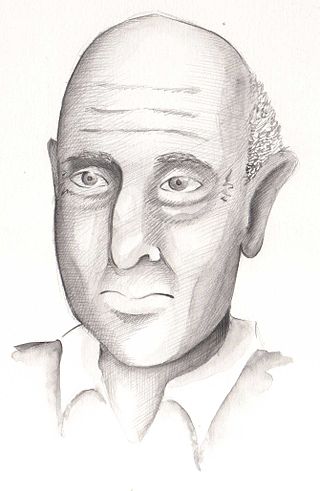
Llorenç Villalonga i Pons was a Balearic writer and psychiatrist. While he progressed in his medicine studies, Villalonga traveled to France, Barcelona and Murcia. He gained experience in psychiatry during his stay in France.
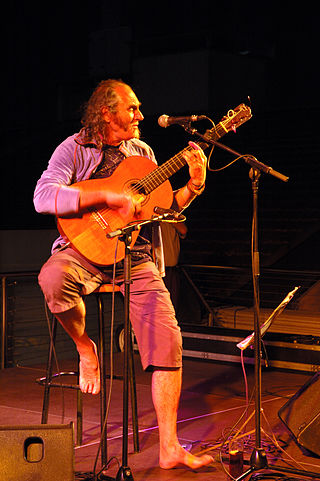
Pau Riba was a Spanish author and Mallorquín versatile artist. Riba was born in Palma de Mallorca, Spain on 7 August 1948. He started working during the 60s in the context of the counterculture. Riba died from pancreatic cancer on 6 March 2022, at the age of 73.
Última Hora is the best selling newspaper in the Balearic Islands founded by Josep Tous Ferrer on 1 May 1893, published by Hora Nova S.A. and belong to Grupo Serra, a mass communication company. The publication is dedicated to local news and has been distinguished with the Gold Medal of the City of Palma from the Confederación de Asociaciones Empresariales de las Baleares (CAEB).
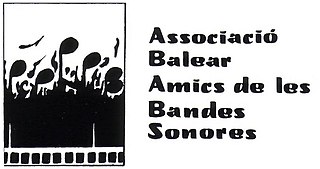
The Asociación Balear de Amigos de las Bandas Sonoras (ABABS) is an association dedicated to the divulgation of collecting, studying and divulgation film soundtracks founded in Palma in 1989.

Miquel de Palol i Muntanyola is a Spanish architect, poet and storyteller, son of the archaeologist Pere de Palol.